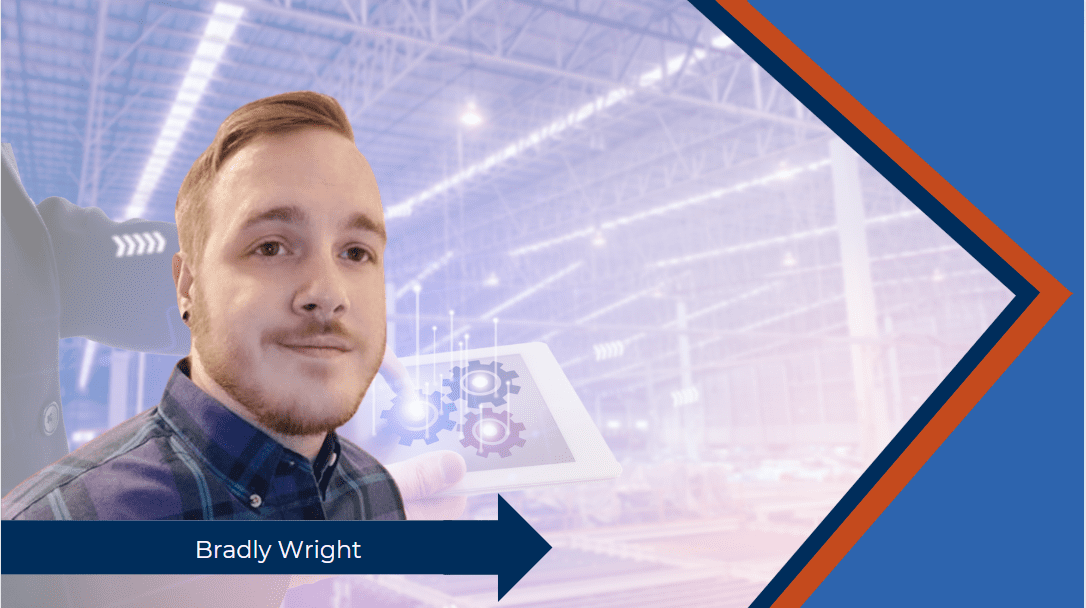
This article was written by engineering technician at E Tech Group- Bradly Wright and originally appeared in Automation World. Click here to view the original post.
To maintain uptime, ensure compliance, and maximize the use of skilled labor, more facilities than ever are centralizing production control and monitoring.
There’s a reason more and more facilities are changing the way their production floor has been operating for decades: the current labor shortage.
When production floors were fully staffed, it wasn’t uncommon to find a worker stationed at each point in the manufacturing process, monitoring the HMI (human-machine interface) as the PLC (programmable logic controller) repeated its programmed task, ensuring consistency and efficiency at each step. PLCs were designed to function optimally by executing one line of code at a time—with nothing else running in the background. This was a completely viable solution when manpower was available to individually monitor each process.
Even now, the PLC remains in wide use because of its flexibility and ease of programming. It’s still incredibly reliable, allowing the operator to make on-the-fly adjustments thanks to real-time information transmission.
The big difference now is in how PLCs are being used as more manufacturers are forced to implement a control system that will help centralize production control and monitoring.
The use of a distributed control system (DCS) allows a central point of monitoring and operation that coordinates and supervises an entire plant completing a variety of processes and can be scaled facility wide. A PLC, however, is isolated in its control and monitoring.
Because the DCS allows full visibility and control into a plant’s production, it helps make it possible to run at full capacity with a limited staff.
What does the future look like?
If the current trend continues, the production and manufacturing industry will likely take part in a digital, automation-driven transformation. Skilled labor will still be necessary in facilitating roles within that new landscape, but in smaller numbers as their automated replacements grow in number.
Some of the key technologies driving this change include:
- AI (artificial intelligence)—Used in helping plan routine or preventative maintenance helping to maintain uptime and more accurate forecasting.
- Digital Twins – A virtual replica of a facility or machine connected to its physical counterpart via real-time data feeds, allowing the digital twin to quickly make production decisions as the delays from hardware, labor and materials are removed from the equation.
- Digital Factory Model – A way to virtually monitor several network-connected digital models that replicate processes executed in a physical factory. Such models are often tied to a digital twin and viewed through a simulated 3D visualization.